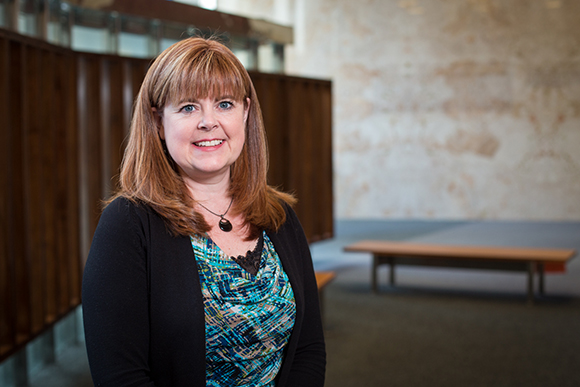Bloomberg Nursing Assistant Professor Dr. Kimberley Widger has been awarded a grant for a national population-based study, End-of-life health care use for children with life-threatening conditions by CIHR’s Institute of Human Development, Child and Youth Health (IHDCYH). Dr. Widger’s study was one of 25 projects selected by CIHR’s Analysis of Existing Cohorts & Databases competition.
A child’s death has a life-long and potentially traumatic impact on families, communities and even the health professionals who provide care. Thus, for children with life-threatening conditions it is important to provide the highest quality of care, maximize quality of life, ensure a good death in the preferred location, and establish the foundation for well-supported bereavement for surviving family members.
Along with co-investigators*, Dr. Widger will partner with Statistics Canada to create and examine a national cohort of children who died from a life-threatening condition over a 5-year period. The study aims to characterize the intensity of end-of-life care in children with life-threatening conditions and identify patient, disease, and healthcare factors associated with variations in this intensity and in location of death.
End-of-life health care use for children with life-threatening conditions will be the first national effort to characterize end-of-life care in children with life-threatening illness and explore predictors of higher intensity care and location of death, providing important information about potential areas where care could be further optimized to reduce burden and improve quality. Additionally, the study will identify gaps in administrative data and that could be addressed by expanding data abstraction and/or creating a national pediatric palliative care registry. Improved understanding of current health care usage patterns for children at the end-of-life may reveal particular patient characteristics, needs, and opportunities to optimize service use and enhance care quality.
Co-investigators include:
Dr. Sumit Gupta, Sickkids, ICES Adjunct Scientist; Dr. Hsien Seow, McMaster University, ICES; Dr. Harold Siden Canuck Place Children’s Hospice in Vancouver; University of British Columbia’s Dr. Peter Tauseputro, Bruyere Research Institute, ICES, and the Ottawa Hospital Research Institute; Dr. Adam Rapoport, Hospital for Sick Children and Emily’s House Children’s Hospice in Toronto; and Dr. Christina Vadeboncoeur Children’s Hospital of Eastern Ontario and Roger Neilson House in Ottawa
